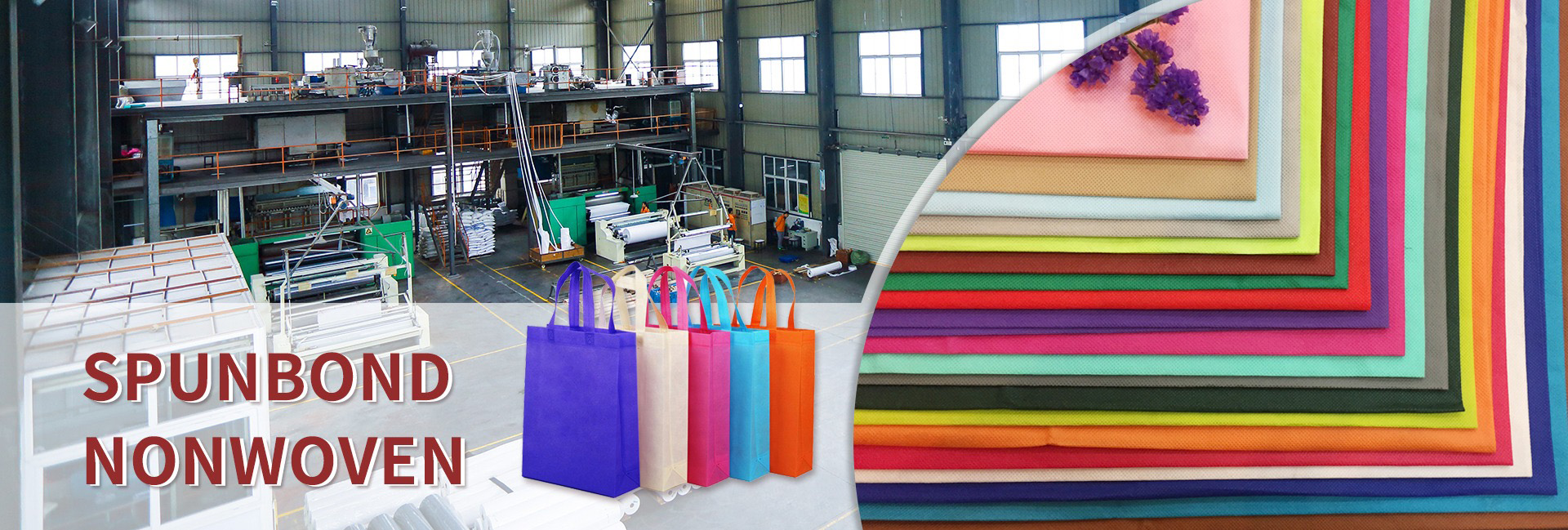What is properties?
Activated carbon is exceptionally effective in air filtration due to a combination of unique physical and chemical properties:
- Massive Surface Area: This is the most critical factor. Activation (using heat and steam/gases) creates a vast network of microscopic pores within the carbon structure. Just one gram of activated carbon can have a surface area exceeding 500 – 1500 square meters (roughly the size of a soccer field!). This enormous surface provides countless sites for pollutants to be captured.
- Adsorption Mechanism: Activated carbon primarily works through physical adsorption (physisorption). Gas molecules (pollutants) are attracted and held onto the carbon surface by weak intermolecular forces called van der Waals forces. It’s like a microscopic Velcro effect.
- Pore Structure & Size Distribution:Micropores (<2 nm diameter): These are the most numerous and provide the bulk of the surface area. They are perfectly sized to adsorb small gas molecules common in air pollution (like VOCs, sulfur dioxide, nitrogen oxides).Mesopores (2-50 nm): These act as pathways for larger molecules to reach the micropores and can adsorb slightly larger organic molecules.Macropores (>50 nm): These mainly serve as transport arteries, allowing air to flow deep into the carbon particle and access the inner micropores and mesopores.
- Material Composition & Source: Made primarily from carbon-rich materials like coconut shells, wood, coal, or peat, activated carbon has a graphitic, non-polar surface. This makes it especially effective at attracting and holding non-polar or weakly polar molecules, which include most organic vapors, odors (VOCs), and many common gaseous pollutants.
- Hydrophobicity (Water-Repelling): Activated carbon is naturally hydrophobic. This is crucial for air filtration because:It doesn’t readily adsorb water vapor, which is abundant in air. Its adsorption sites remain available for target pollutants (VOCs, odors, gases) rather than being blocked by water molecules.It performs well even in humid environments where other adsorbents might fail.
- Chemical Reactivity & Impregnation (Optional): While physical adsorption is primary, the carbon surface can also facilitate some chemical reactions. More importantly, activated carbon can be chemically impregnated with other substances (like potassium permanganate, potassium iodide, or specific metal oxides) to enhance its ability to capture specific gases it wouldn’t adsorb well physically (e.g., formaldehyde, hydrogen sulfide, mercury vapor).
What it Captures Effectively
- Volatile Organic Compounds (VOCs): Emissions from paints, cleaning products, adhesives, furniture, carpets, etc. (e.g., formaldehyde, benzene, toluene).
- Odors: Cooking smells, pet odors, tobacco smoke, mold/mildew smells, chemical odors.
- Smoke & Fumes: Cigarette smoke, wildfire smoke, cooking fumes, exhaust fumes.
- Certain Gases: Sulfur dioxide (SO2), nitrogen oxides (NOx), ozone (O3 – especially with impregnation), hydrogen sulfide (H2S – often with impregnation).
- Semi-Volatile Organic Compounds (SVOCs): Like some pesticides or flame retardants, though less effectively than VOCs.
What it Does NOT Capture
- Particulate Matter: Dust, pollen, dander, mold spores, PM2.5/PM10. (Requires a mechanical filter like HEPA).
- Carbon Monoxide (CO): Requires a different technology.
- Carbon Dioxide (CO2): Requires specialized scrubbers.
- Radon: Requires specific mitigation strategies.
- Very small inorganic gases: Like oxygen, nitrogen, hydrogen.
- Heavy metals (as gases): Except mercury (with impregnation).
In Summary
Activated carbon’s unparalleled combination of a massive, accessible internal surface area with a pore structure perfectly sized for gas molecules, coupled with its non-polar, hydrophobic nature, makes it the gold standard adsorbent for removing a wide range of gaseous pollutants and odors from air. Its effectiveness is further enhanced by the possibility of chemical impregnation for specific targets. It’s why it’s a core component of high-quality air purifiers alongside mechanical filters like HEPA.
Dongguan Liansheng Non woven Technology Co., Ltd. was established in May 2020. It is a large-scale non-woven fabric production enterprise integrating research and development, production, and sales. It can produce various colors of PP spunbond non-woven fabrics with a width of less than 3.2 meters from 9 grams to 300 grams.
Post time: Jul-31-2025

